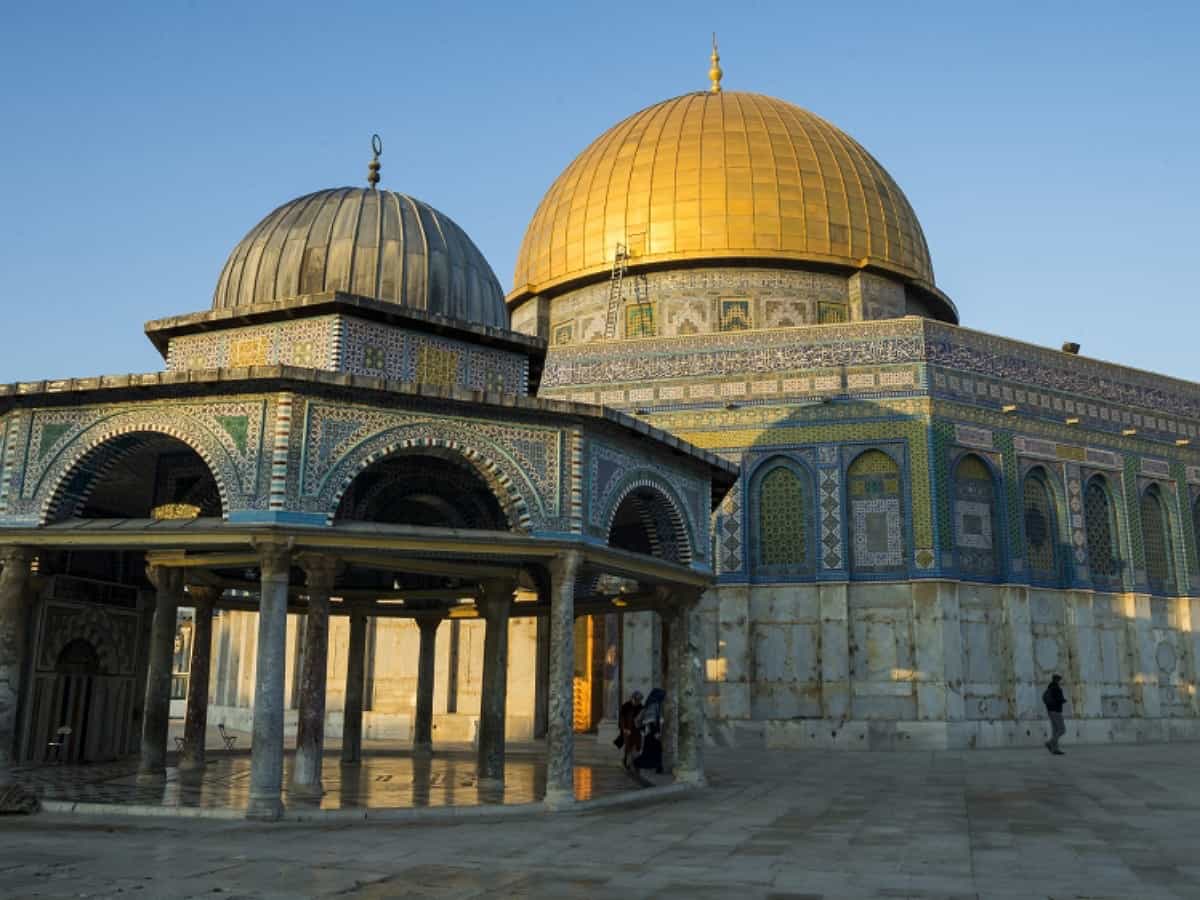
Amit Halevi, a member of the Likud party, which has a slim majority in the Israeli Knesset (Israeli Parliament), has prepared a plan to divide Al-Aqsa Mosque for prayers between Muslims and Jews.
This comes in the wake of Israeli forces’ incursions and repeated violations of agreements on the use of the site.
In an interview with the Hebrew daily Zman on June 7, Halevi said Muslims should be given about 30 percent of the southern part of the compound, leaving the remaining to the Jews, including the area where the Dome of the Rock is located.
Halevi suggested replacing Jordan’s role as custodian of Islamic and Christian holy sites in the occupied Palestinian city of Jerusalem with the Israeli authority.
Halevi also sought to change the entry procedures for Israeli settlers storming Al-Aqsa by demanding that settlers be allowed to enter the compound through all gates and not just through the southwestern gate of Morocco.
The Moroccan Gate or Bab al-Maghariba is the only one of the mosque’s 15 entrances that cannot be accessed by any Palestinian, which is under the full control of Israeli authorities.
On Thursday, the Palestinian resistance factions in the Gaza Strip described an Israeli Knesset member’s plan to divide Al-Aqsa Mosque as a “declaration of war.”
Sama News Agency quoted a statement by the resistance factions in the Gaza Strip as saying that this plan is “a declaration of war and a detonator. The government of extremists will bear the catastrophic repercussions of its implementation. Our people and their resistance will not accept this aggression, no matter the sacrifices.”
On Wednesday, the Palestinian Ministry of Jerusalem Affairs described Halevi’s plan as “very dangerous and threatens a religious war”.
Many Palestinians worry that allowing settlers through different gates is a sign of Israel’s desire to expand its control over the mosque and change the status quo.
Al-Aqsa is not only revered by Muslims around the world but has also become a symbol of Palestinian culture and existence.
Over the years, the Al-Aqsa Mosque compound has grown significantly with Israeli settlers invading the compound and performing rituals.
About Al-Aqsa Mosque
Al-Aqsa is located on a plaza at Temple Mount, which is known in Islam as the Haram-e-Sharif. The mount is also considered the holiest site in Judaism. The most imposing structure on the compound is the Dome of the Rock, with its golden dome. The Western Wall, also known as the Wailing Wall to the Jews, is one side of the retaining wall of the Al-Aqsa compound.
Al-Aqsa is the focus of rival claims on Jerusalem. Both Israel and Palestine have declared it, their capital. In July 1980, the Israeli parliament approved the Jerusalem law and declared it the capital of the state. The 1988 Palestinian Declaration of Independence also declared Jerusalem the capital. The Palestinian Authority is currently headquartered in Ramallah.
Shortly after the end of the six-day war in 1967, Israel returned to Jordan, the administration and organization of the Al-Aqsa compound. While non-Muslims were not allowed to worship at Al-Aqsa, Jewish individuals and groups made repeated attempts to enter the Temple Mount plaza.
Since the late 1990s, around the time of the first Intifada, these attempts began to occur regularly as Jewish settlers began to claim land in and around East Jerusalem. And this led to frequent clashes and tensions in Al-Aqsa.



